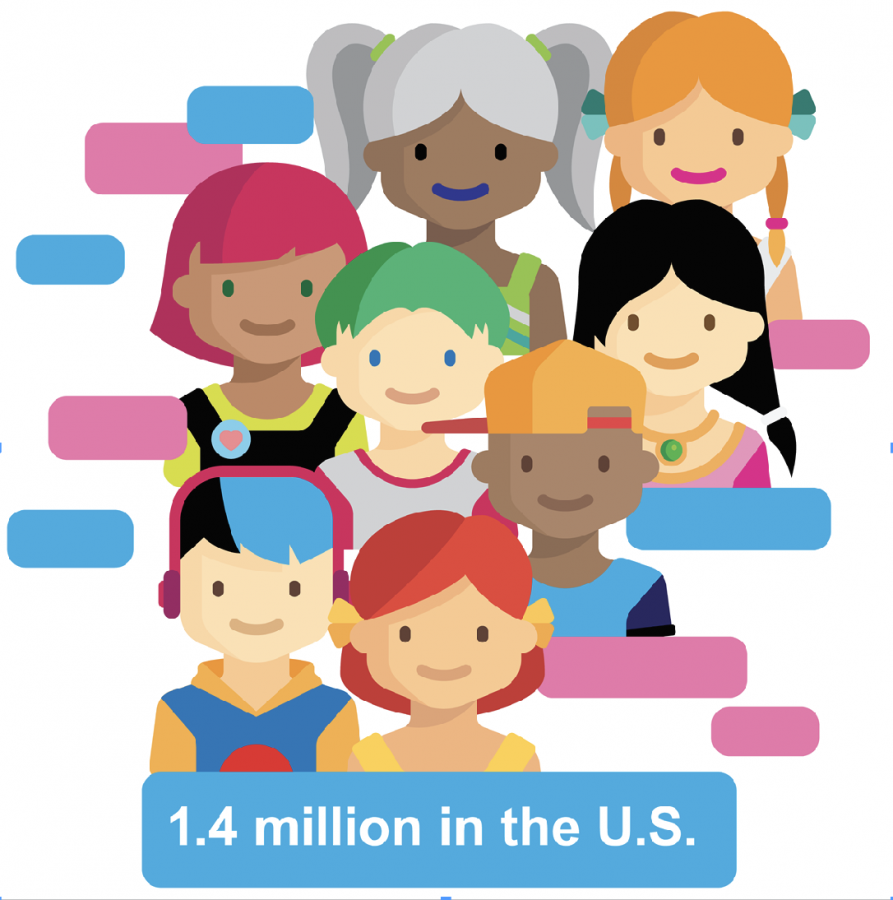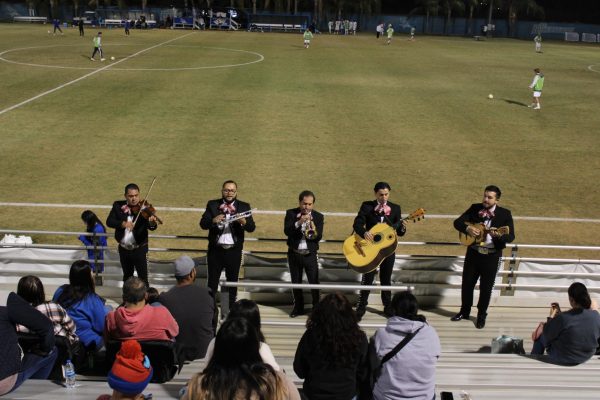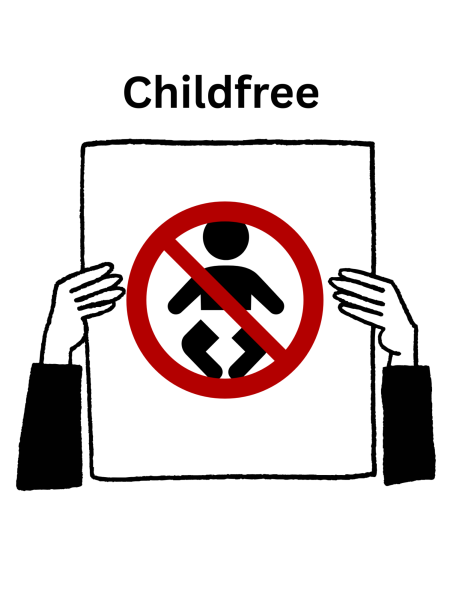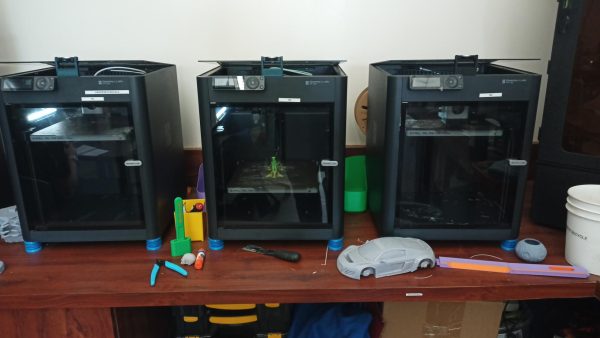Not every trans person fits the narrative
April 10, 2019
There is no single way to be a trans person. Trans stories vary greatly from one another – after all, we’re a diverse demographic. According to the Williams Institute, there are approximately 1.4 million transgender adults in the United States alone. As with any other large group, trans people come in all personality types, ranges of interests and histories.
However, the public seems to hold a stereotypical “trans narrative”, which includes the following misconceptions:
The idea that all trans women are highly feminine from birth, and that trans men are all highly masculine.
The idea that trans women always like men and trans men always like women.
The idea that trans people “always know,” and that there are obvious signs visible to all around them prior to coming out.
The idea that transitioning is the same for everyone, and that it always ends with genital surgery.
In some ways, my story as a trans woman fits the narrative. Some of my earliest memories were of wanting to be a woman. Seeing puberty masculinize my body was torturous. Also, I do have feminine tendencies, which has made my transition go smoothly.
But there are some discrepancies. While I was feminine, I wasn’t flamboyant. While I had no masculine interests, I didn’t play with Barbie dolls either, and I never pranced around or pretended to be a princess. I was more reserved. Instead, I gravitated towards art, music and science.
Furthermore, I’m bisexual and leaning towards lesbian. I was never one to go gaga over guys. Yes, it is possible to be trans and gay – the two don’t cancel each other out. According to a 2015 survey from the National Center for Trans Equality, 36 percent of trans women are bisexual or pansexual, and 27 percent are gay.
My mother, who knows me better than anyone but myself, was shocked and surprised when I came out, since the signs weren’t obvious. She was skeptical that I was really trans, since I didn’t fit the aforementioned mold. However, she grew into my biggest supporter as my transition progressed.
None of those things made me any less of a woman. Cis women don’t have to be hyper-feminine and heterosexual to be women, so why should trans women? What’s really important is that transitioning has improved my mental well-being and outlook on life. I feel at home in my body now – this is who I truly am.
Even living in Bakersfield, a tight-knit conservative community, I’m far from being alone in being atypical. One of my good trans woman friends is an auto mechanic and a self-proclaimed nerd. Several of my trans man friends are interested in makeup. And of course, not all trans people identify as men or women.
According to the American Psychological Association, 25 to 35 percent of the trans community is non-binary – that is, their gender identities are neither exclusively “male” nor “female.” Gender is a spectrum, much like colors and music. Understanding the nuances of this spectrum is crucial to understanding the true variation among trans people.
In short, there is no right or wrong way to be a man, a woman, or non-binary. It’s also important to keep an open mind and open set of ears. You never know who is trans or not – it can be as obvious as an elephant in a room, or as discrete as the arrow in the FedEx logo.







